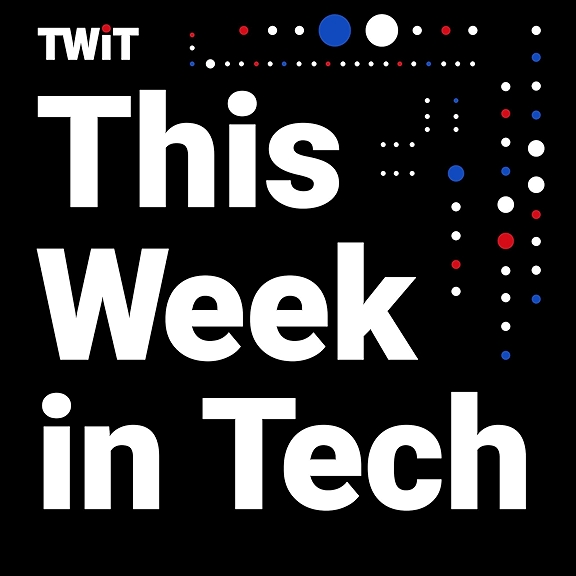
Joe Quirk, president of the Seasteading Institute, discusses the innovative concept of seasteading, which proposes creating floating societies on the ocean as a solution to the limitations of land-based governance. Quirk shares his personal journey into the world of seasteading, drawing parallels between cruise ships, Burning Man, and the potential for self-governing communities at sea. He explores the practicalities of building seasteads, the challenges faced, and the legal frameworks necessary for their success. The conversation also touches on sustainability, food production, and the economic viability of living on the ocean. He emphasizes the ecological benefits of building structures at sea, the innovative business models that can emerge, and the need for political autonomy. He also highlights the importance of material science and competition in developing sustainable structures that can withstand ocean conditions.
Takeaways
Seasteading offers a solution to the governance monopoly problem.
Cruise ships exemplify successful self-governing societies.
Variation and selection in governance can lead to progress.
Experiences at Burning Man illustrate innovative social structures.
Seasteads can be built using various materials and technologies.
Legal frameworks are essential for the establishment of seasteads.
Safety and sustainability are key considerations for ocean living.
Food production on seasteads can include seaweed and seafood farming.
Economic viability is crucial for the future of seasteading.
Seasteading represents a new frontier for human innovation and governance. The ocean can support diverse life when solid structures are introduced.
Seasteads require political autonomy to be truly effective.
The future may see a proliferation of small, innovative nations at sea.
Cruise ships serve as a model for future floating cities.
Innovative business models can thrive in marine environments.
Sustainable farming and biotech research can be more effective at sea.
Material science is crucial for building durable seasteads.
The ocean's diversity offers opportunities for new governance models.
Seasteading can provide alternatives to traditional land governance.
Support for seasteading initiatives is essential for their success.
Timestamps:
(00:00) - Intro
(01:04) - What is Seasteading?
(04:08) - How did Joe's experience at Burning Man inspire him to pursue Seasteading?
(09:36) - The evolution of Governance and Social structures
(14:53) - Challenges & innovations in Seasteading
(18:16) - What are the legal & regulatory aspects of Seasteading?
(22:46) - How safe is it to live on the ocean?
(25:05) - Sponsors
(27:22) - How does one produce or source food on Seasteads?
(31:22) - How much does a Seastead cost?
(34:00) - Aquatic life and its role in Seasteads
(35:35) - Future of Seasteading
(40:57) - Innovative business models viable at Sea
(45:41) - Sponsors(51:08) - Building sustainable structures at Sea
(57:28) - What’s next for Seasteading?
Links:
Sponsors:
Stephan Livera links:
Follow me on X: @stephanlivera




















